Blueberry Cover
Protect Your Bluleberries
made with PVC pipe & netting
Project by Dan Morgenroth
June 2023
Disclosure: This site contains affiliate links. As an Amazon Associate, I earn from qualifying purchases. Clicking on links, and purchasing products, may result in the seller paying us compensation at no extra cost to you. Affiliate links are in green.
Also see:
lifestyle blog
Craft Projects
Yard & Exterior Projects
Sewing
Protect Your Blueberries
Enjoy your blueberries by protecting them from birds! Made from PVC pipe, fittings and netting. Our cover spans both sides of the fence, so the ends are created in two pieces. Adjust directions to fit your needs.
Each year, the cover is put up by mid May, and is taken down once blueberry season is over. We enjoy fresh berries all summer, and keep frozen berries on hand for winter.
Click photos for larger image on mobile devices.
Basic Structure
The structure is made in three steps. First, base sockets are placed into the ground; these are sleeves that the ends of the PVC pipe arches will slide into.
Next, the frame is built. It consists of the PVC pipe connected by fittings.
Finally, netting is attached to the frame in such a way that sections can be opened - so we can get in for berry picking.
As you can see in the photo, the cover protects blueberry bushes on both sides of the fence.
SIZE
Our cover was created with 6 sections, each measuring 6 feet in length, and spanned a distance of approximately 76” from one side of the fence to the other (as measured on the ground). Adjust size to fit your needs.
SUPPLIES
General Supplies
netting see notes below on netting
The following supplies were used for our cover (6 sections).
base socket (in-ground sleeve):
short pieces of 3/4” PVC pipe, 2-liter bottle with top removed, foam (see step 1 in directions):
Two 10-ft lengths of 3/4” PVC pipe can be cut into 14 equal pieces (approximately 14” each).
Each 14” piece is set inside a modified 2-liter plastic bottle using “Great Stuff” foam filler (see photo in step 1 of directions). These are placed underground with about 2” visible above ground. The lower end of each arch fits down into each socket.
1/2” PVC pipe for arches:
1/2” pipe: 10 foot PVC pipe
Compute Your Supply Quantities
Each segment’s arch requires two 10-foot pieces of PVC pipe. We had 6 sections. Therefore, we needed 14 pieces of 10-foot 1/2” PVC pipe for the basic frame (2 per section, plus 2 more for the end).
1/2” PVC pipe for top, sides and ground closures:
Each segment requires two 6-foot pieces of 1/2” PVC for sides (side supports), one for the top (ridge pole), and two to hold each end of a piece of netting (ground closure) - a total of five per segment. We had 6 segments, so needed 30 6-foot pieces of 1/2” PVC pipe.
In the following photo, lines are drawn over PVC on the half of the frame facing the camera. The red lines are drawn over the 10-foot arch pieces. The yellow lines are drawn over the top and side 6-foot segments.
We purchased our 1/2” PVC pipe from Home Depot.
Fittings: holding the PVC pieces together
How do we hold all those PVC pieces together? Cross Joints and T Joints.
We found the exact items we needed on Amazon. We listed the photo and link after each fitting type. We are an affiliate of Amazon, and may receive compensation through your purchase. Affiliate links are green.
NOTE: The links below lead to general Amazon pages that contain the needed items. CHECK to be sure the product is the item you need.
FITTINGS:
The photo is from our PVC pool toy caddy project. It shows a T joint.
Cross Joints
Cross joints (also called 4-way cross PVC fittings) are needed to connect 2 10-ft arch ends and 2 6-ft ridge pole ends together. The following photo shows a cross joint, with 2 pieces of 10-foot arch sections attached. One cross joint is needed for joining each segment arch. You need a total of 7 cross joints.
NOTE: We could use a T joint on each end arch, because those two arches only have one ridge pole attaching.
T Joints
These are needed on each end of the side supports to attach them to the arches. The following photo shows a T Joint. They hold each end of a 6-foot side piece to the 10-foot arch piece. I took the photo after the netting was on; you will not have netting on the structure at this point.
NOTE: Part of the bottom has been cut off, so that the T joint can be snapped onto the arch piece. DON’T CUT IT HALF OFF! If you cut too much off, the T Joint will not snap down good. Cut approximately 1/3 off the bottom. PVC is flexible, so it will snap down over the arch piece.
Quantity Needed
You will need 4 T joints for each arch (including ends). We had 6 segments, so needed 24 T joints.
3/4” Couplers - optional
A coupler is used to connect two pieces of PVC pipe. Our pipe was 1/2”, so we needed 3/4” couplers.
A fence ran down the center of our cover, between the two yards. We needed the ends to open on both sides of the fence, so a center “post” was added on each end of the structure. The center post added durability to the structure, plus allowed us to use two pieces of netting on the ends - one on each side of the fence. In the photo below, the red is the coupler, connecting two PVC pieces (blue).
Netting
You will need netting that is wide enough to span two segments, plus some extra. It must be long enough to go up one side, over the top, and down the other side of each segment, plus wrap around a ground PVC piece (it lies along the ground to give weight and structure to the piece of netting). It should be strong enough to withstand wind and weather, and the weave needs to keep small birds out.
We used 6 pieces of 14 feet x 24 feet netting, plus two pieces of 8 feet x 8 feet netting for each end.
1/2” End Caps
End caps are used to cover the base sockets in the off season, when the structure is not assembled. This prevents dirt and other debris from getting into the base sockets. 14 end caps are needed to cover the ground sockets.
Also, ground closure needs 2 end caps (one for each end). We had 6 segments, so needed 24 end caps (6x2x2).
Base Sockets
The base sockets (in-ground sleeves that hold the ends of the arches) are pieces of 1/2” PVC that is cut and buried into the ground. We had 7 arches (six sections, a second end arch, and 2 end posts), so needed 16 base sockets (see diagram in step 1 below).
Paint - optional
You can paint the PVC pipe any color you wish. Ours is painted gray.
Alligator Clamps
We held the netting to the arches using alligator clamps. You will need them for each arch - several per arch.
Instructions
1. Install Base Sockets
The base sockets hold the ends of the arches. Your base sockets must all be in pairs, aligned directly across from one another. If the base sockets are not perfectly aligned, the arches will not square up correctly.
In the following diagram, dimensions of the overall size are drawn, and places are marked for each base socket.
The base sockets are actually made from pieces of 3/4” PVC pipe, placed into a partial plastic bottle(top cut off) that has been filled with cement or foam. The filled bottle adds weight, and keeps the base socket securely in the ground. The 1/2” arch pieces of pipe will fit down into these 3/4” PVC pieces.
Bury them deeply enough to hold the arch pieces securely. The following photo shows an end of the arch piece securely inside the base socket. A coupler has been added to the base socket in the photo because an extension was needed on one side. Refer to next paragraph.
Is Your Garden On A slope? Or Uneven Ground?
A coupler can be used to extend an end of an arch piece. If one side of the garden is higher than the other (for example the garden is on a slope), you can add an extension piece to the end of the arch that is on the lower level. In our case, the two yards were at different levels, so extension pieces were needed.
I created the extension pieces by using a coupler to to attach an extra piece of 1/2” PVC to the end of the arch piece that was on the lower ground level. See the photo below.
WINTER
We leave the ground sleeves in the ground in winter. Everything else comes down. The sleeves are capped with 3/4” end caps.
2. Place Arch Pieces
Insert the ends of each arch piece into a base socket.
2. Using Cross Joints Connect Arch Pieces
NOTE: Do NOT connect the arch pieces on the two ends.
3. Using T Joints, Connect End Arch Pieces
Using the partially cut T joints, connect the arch pieces on the two ends.
4. Connect Top Center PVC Pieces Arch
Connect a 6-foot PVC piece to each segment’s cross joint.
On the arches that are on the ends, connect the pvc pipe to the t joint.
You now have the top center piece of the arch completed.
5. Add Side Segments
Connect 6-foot PVC pieces to each side of a segment, using T joints on each end.
NOTE: We also added a rubber ring to prevent the T joints from slipping. We did this for all T joints.
The photo shows the netting in place; you will not have netting at this time.
TIP: You can glue the T joints to the ends of the 6-foot PVC pieces for easier assembly next year.
Your frame is now complete.
6. Prepare Netting
Each piece of netting spans two segments. They are rectangular, and have two 6-foot PVC pipe pieces on each end. The reason for 2 pipe pieces, is that one pipe can be lifted - allowing entry into the enclosure for picking, weeding etc.
Cut Netting
Each section is 12 feet (two 6-foot segments). The netting needs to be wide enough to cover the width of a segment, plus some extra. The arch is made of two 10-foot pipes, so is about 20 feet in length. To be safe, the netting should be cut 24 feet long. It needs to be able to be rolled onto the PVC pipe pieces that will hold it down on each end.
Cut 3 rectangular pieces of netting, each measuring 14 feet x 24 feet.
Secure Netting To PVC End Pieces
Lay the netting onto a flat surface. Lay 4 pieces of 6-foot PVC pipe (with end caps on) on top of the netting, close to the ends, with a gap between them. Refer to the following image. The blue represents the 6-foot PVC pipes, and the cross hatching is the netting.
Begin rolling the pipe pieces so the netting rolls over the ends. Roll about 5 times, so that the netting is securely rolled around the end pipe pieces. You may need an assistant - the netting should roll over both pipe pieces equally.
Secure the pipe to the netting with pieces of tape. Painter’s tape works well. You could also use twist ties.
Roll Up Netting
Start rolling EACH END toward the middle of the netting. The purpose of doing this is to make it easier to drape the netting over the arch of the segment. The following diagram shows the net rolled up.
7. Attach Netting To Frame
Carry the rolled netting over to the blueberry cover frame. Place the netting at the top of the frame, and begin rolling down the netting on each side.
Secure the netting sides to the arches using alligator clips.
For the arch that does not have alligator clips, attach the netting using zip-ties.
The following photo shows the netting on. You can see the end pieces of PVC along the ground. They serve to weight down the netting, and provide a sturdy “bar” to grab for lifting the net (for picking berries or weeding).
Note that each netting piece spans TWO segments. Alligator clips can be removed, and one segment of netting can be lifted for easy entry into the structure.
7 . Attach Netting To Ends
We needed our end units to be two segments, so we could get into the structure from either side of the fence. We cut two pieces of netting in a shape to fit the half arch opening. You could cut one piece if you do not have a fence running down the center of your structure.
We first cut an 8-foot square, and attached a 6-foot PVC piece to just one end of it (the end that will lie on the ground). We rolled the netting around that PVC pipe and attached it using tape, just as we had done with the larger netting pieces.
We used alligator clips to attach the netting to the arch. We zip tied the netting to the center PVC post. We then trimmed the netting to fit the arch.
Bird Proof?
Nothing is perfect. Now and then, a bird gets into our enclosure. We merely open a section, and the bird happily flies away.
This blueberry cover takes a few hours each year to put up, and quickly comes down at the end of the season. We have used it for several years, and it has certainly protected our blueberries.
Exterior Projects
Yard Decor Projects
Lifestyle Blog
It’s all about enjoying life in a perfect balance.
Organize, minimize, simplify, DIY. Free up time and money for hiking, biking, art, enjoying nature - or doing the things you love.
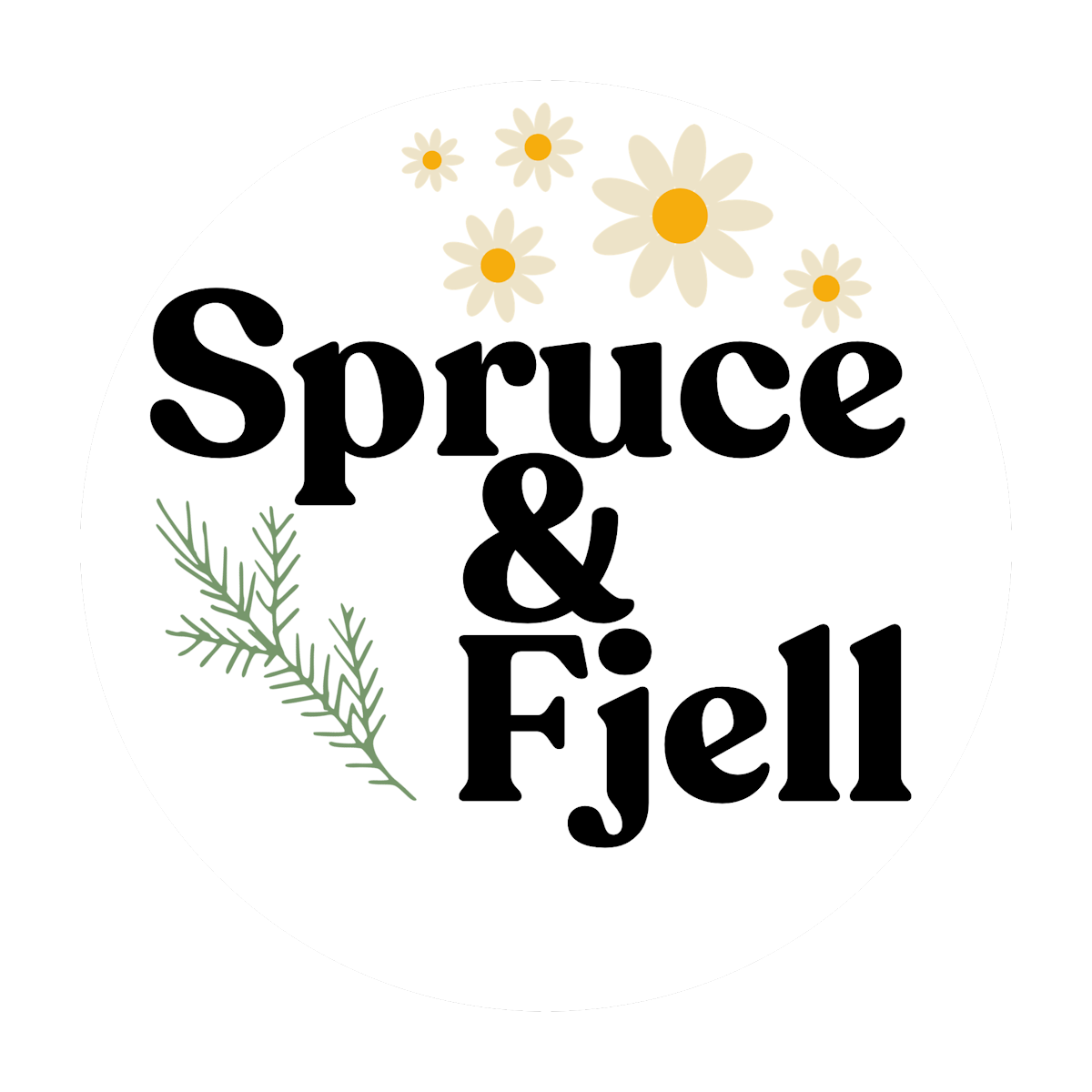

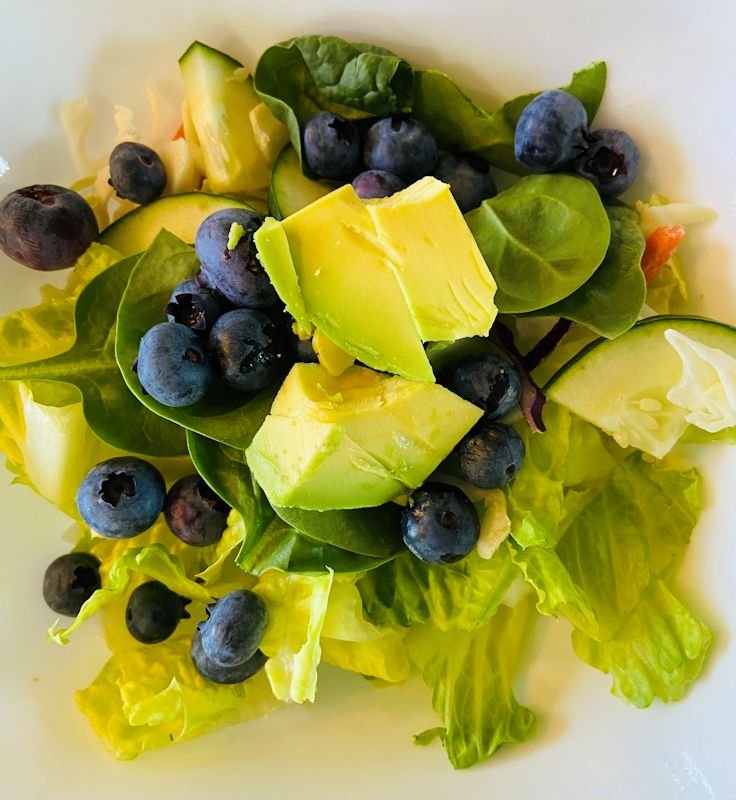
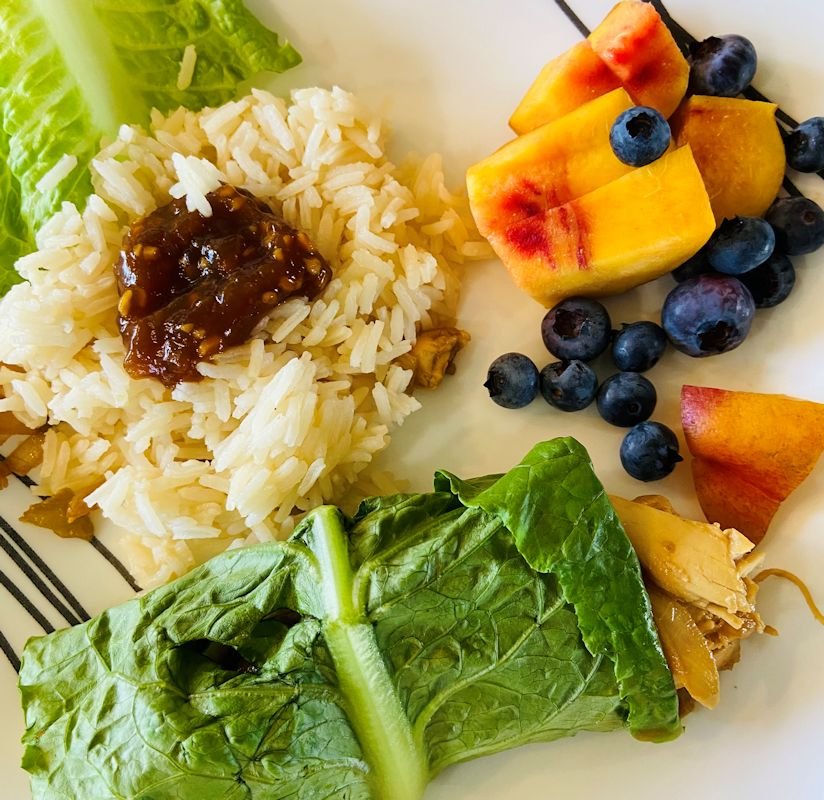
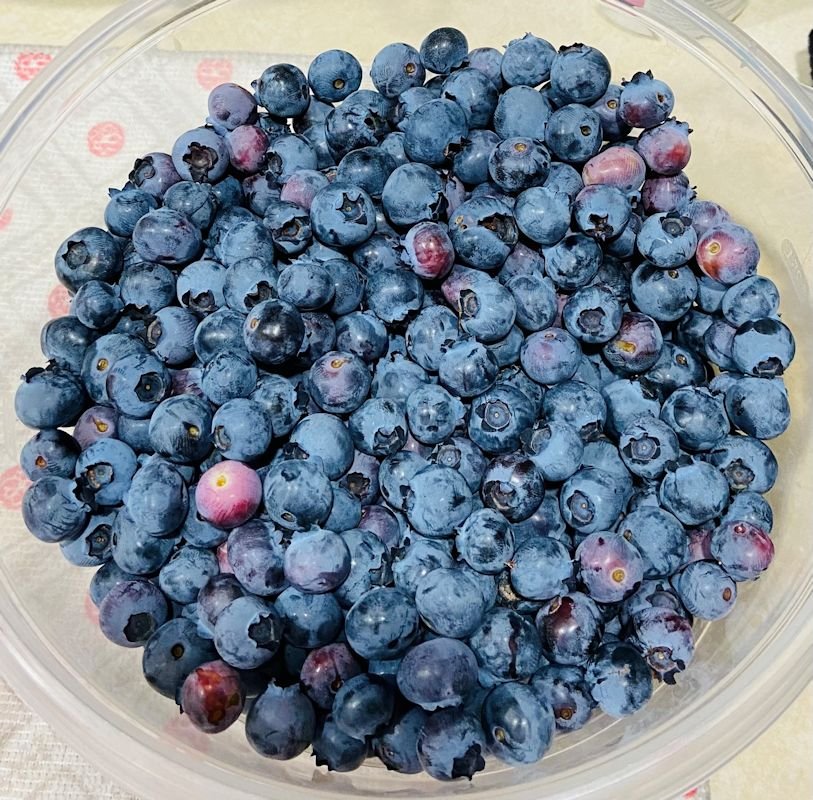


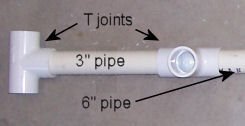






























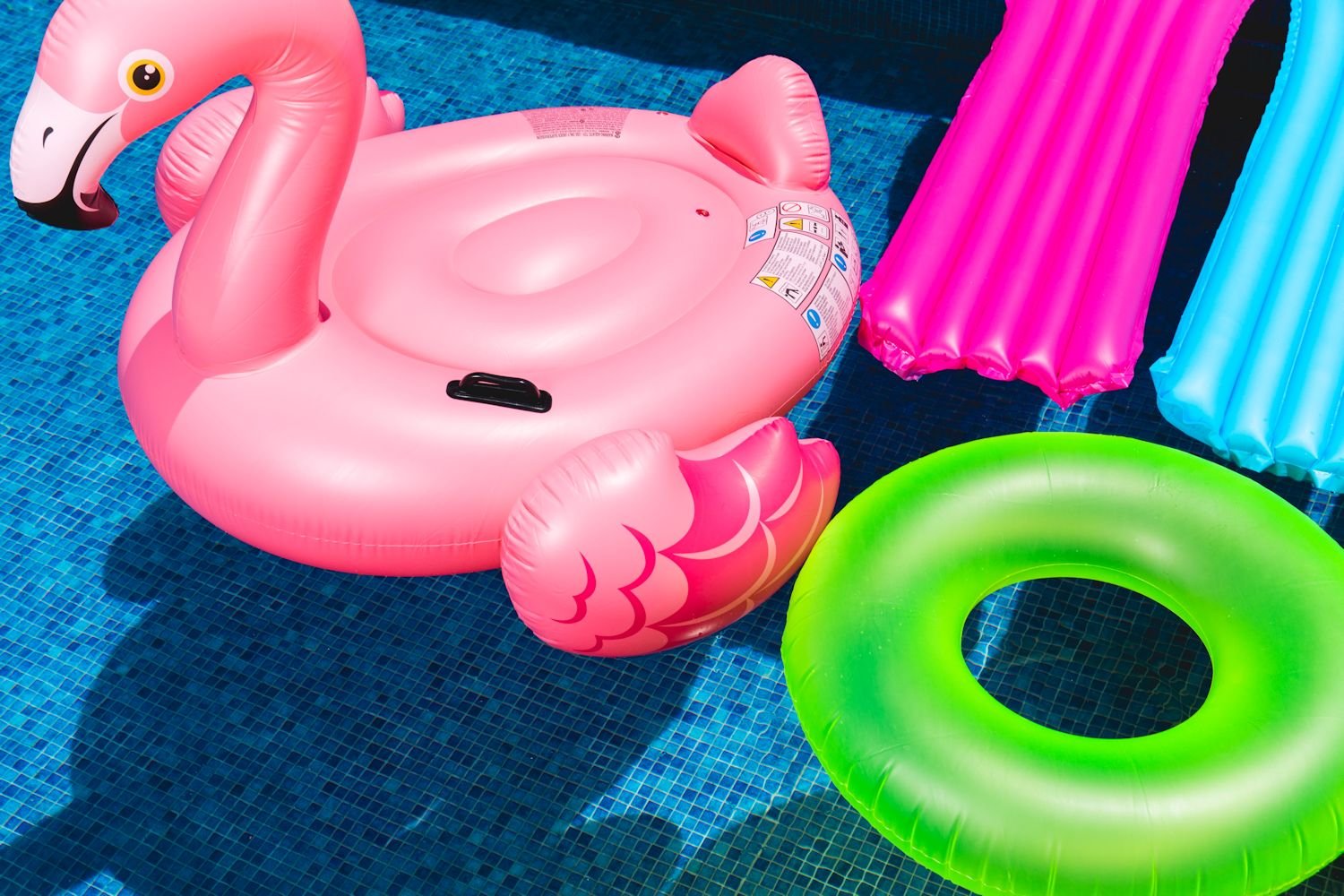

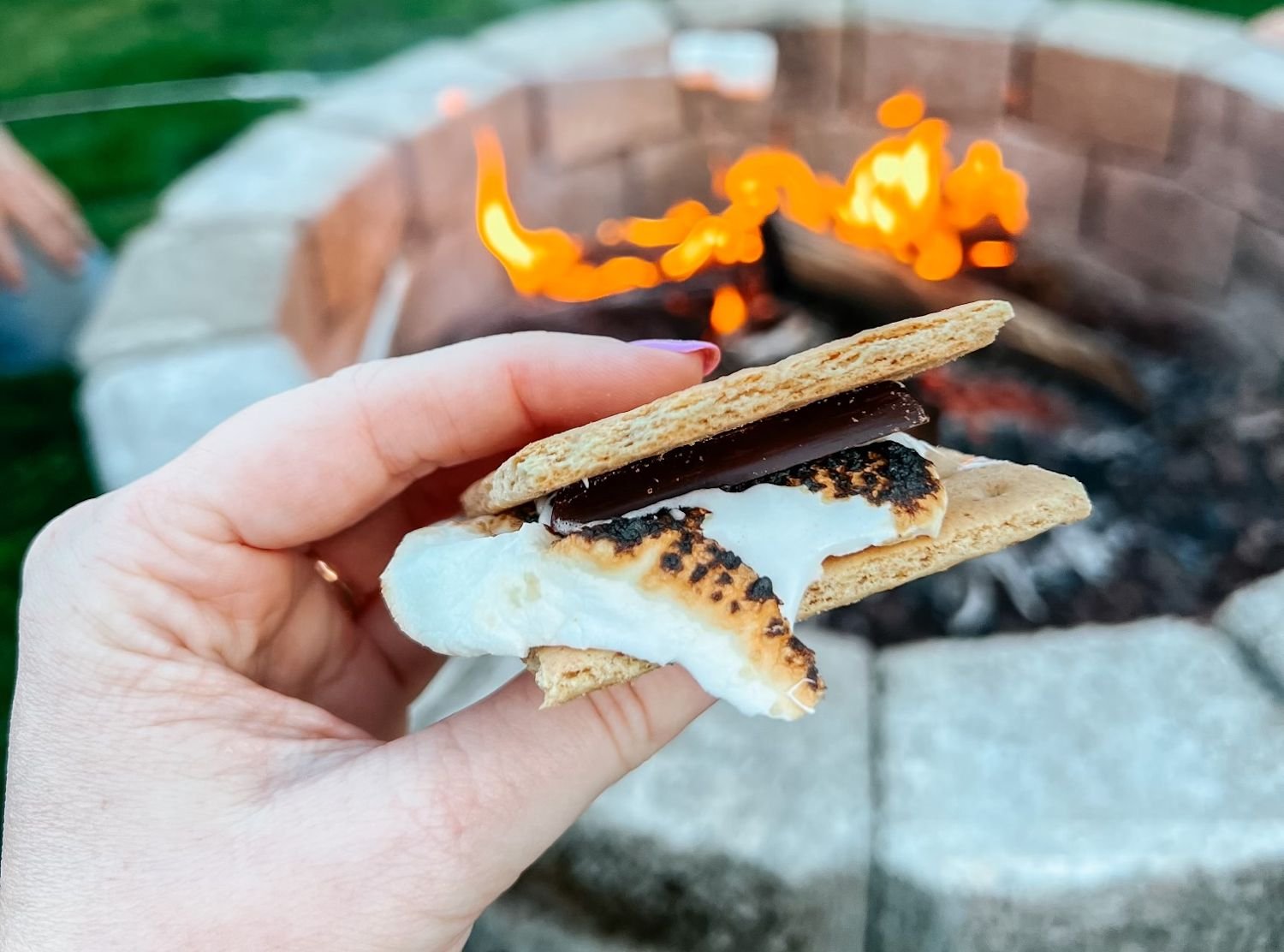





















Protect your wood deck from the elements with proper prep and quality stain. Proper maintenance enhances the life span of a wood deck. Protect from snow, rain, freezing ice, hot sun.